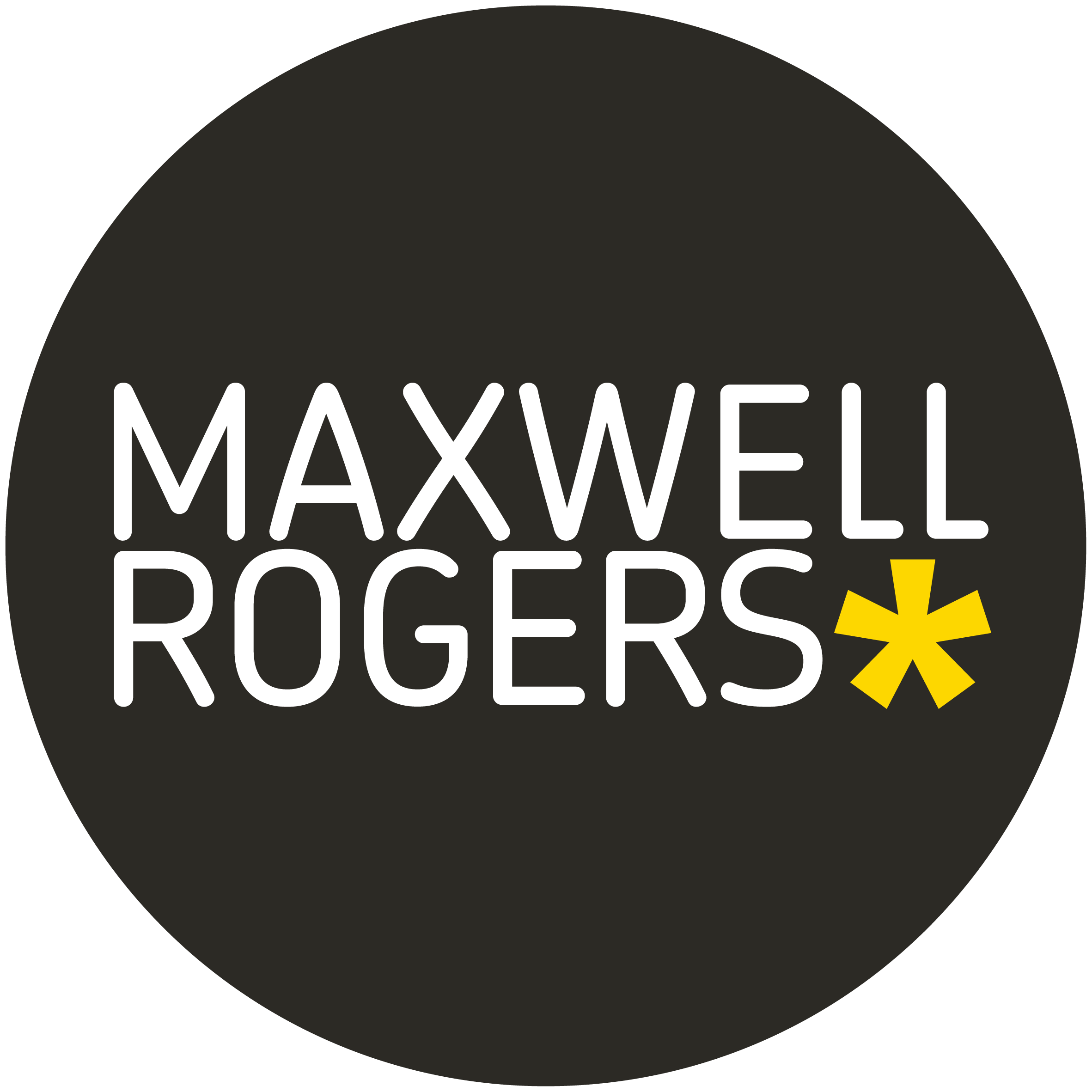Narrative is an essential component of effective communications. It can create excitement from the mundane, clarity from complexity, and will engage your audience to a greater extent. But why is this the case? Not only does it present information in a more logical, streamlined format, but over thousands of years of communicating with the people around us through stories, our brains have become hardwired to engage with this structure. At Maxwell Rogers, we use narrative techniques developed by communication experts to help our clients’ messages resonate, and we decided to share this insight so you too can take your business communications to the next level.
How do we create a narrative?
There are a number of different structures you can follow, but at Maxwell Rogers, we like to use the SCR Framework. Developed in the 1970’s by McKinsey & Company, it splits a narrative into three key components – situation, complication, and resolution. The situation allows you to set the scene, outlining context that is relevant to your story. The complication is when you introduce a problem to be solved, or something that gets in the way of a goal. Then the resolution is the answer – what changes to solve the issue and create benefits – the happy ending, or exciting future.
Let’s apply it to business communications
It can be hard to get your head around applying this structure to a business environment, but with practise it becomes second nature.
For the S – situation – you must set the scene. What is front of mind for your audience? Place yourself in their world. Tap into the challenges they’re currently experiencing to show them that you understand and know what you’re talking about.
Then comes the C – complication. This is the reason the situation requires action. Perhaps something is creating an issue for their business?
Finally the R – resolution – is what they need to do to solve this issue or prevent it from happening. This is usually where you come in – introducing your idea, product, or solution as a way to solve a problem, with a list of key benefits. By guiding the audience in this way, what you can offer and how you can help is much clearer and more likely to resonate.
What are the key benefits?
Grabs attention
From the outset, the SCR narrative grabs attention. This is primarily because it is structured to be audience-first. You don’t start by explaining that your product is fantastic because of X Y Z. Instead, you focus on the audience’s world and their challenges.
Maintains engagement
You may have noticed that films and books often follow this structure too. This is because it is an effective way of generating emotion through anticipation. In the complication part of the narrative, something gets in the way, or threatens to. And we want to know the answer, or how to overcome it. The uncertainty is why we feel tension. So your audience will engage with your complication, in the hope of finding an answer to the problem.
Simple, memorable flow
Narratives give information a logical order, leading from one thing to the next in small steps. This makes it much easier to understand, and is especially useful when you are communicating complex subject matter. By encouraging us to group related information together in the S, the C, then the R, it also harnesses the power of a phenomenon called ‘chunking’ (Miller, 1956). This is where small bits of information are combined into something bigger and more meaningful, which makes it easier to remember than if it was presented in a random order. Both the logical structure and chunking help you create more impact by increasing the likelihood your audience will understand, process, and remember what you say.
Overall, narrative is a pretty key element of successful communication, and it’s worth applying it to the messages you want to convey. If you have some messages coming up that you need to nail, get in touch. Our studio can transform your content into an effective, succinct narrative that will resonate with all the right people.

